
The Hard Thing About Hard Things
Building a Business When There Are No Easy Answers
What is The Hard Thing About Hard Things about?
The Hard Thing About Hard Things is a no-nonsense guide to navigating the challenges of running a startup. Horowitz shares his experiences as a successful entrepreneur, offering practical advice on handling tough decisions, managing teams, and leading through uncertainty. His candid insights on failure, perseverance, and building a resilient company make this book a must-read for anyone in the startup world. Get ready to learn the hard truths about entrepreneurship and come out stronger on the other side.
About the Author
Ben Horowitz is a venture capitalist and author known for his book "The Hard Thing About Hard Things." His writing style is straightforward and practical, offering valuable insights on entrepreneurship and leadership. With a focus on overcoming challenges and navigating tough decisions, Horowitz provides a unique perspective on the realities of running a business. His work is essential reading for those seeking actionable advice in the world of startups and tech.
10 Key Ideas of The Hard Thing About Hard Things
Embrace the Struggle
Accepting and embracing the struggle is crucial for navigating through tough times. Recognize that facing difficulties is an integral part of leading and growing a business. This mindset helps in preparing mentally for challenges, fostering resilience, and learning from failures. Understanding that struggle leads to growth enables leaders to approach problems with a constructive attitude, rather than being overwhelmed by them.
Learn DeeperReflect Daily: Spend a few minutes at the end of each day reflecting on the challenges you faced. Write down what you learned from them and how they contributed to your growth. This habit will help you see the value in struggles and foster a positive mindset towards overcoming them.
Set Realistic Expectations: Understand that setbacks are part of the journey. When planning projects or setting goals, factor in potential obstacles. This prepares you mentally for challenges and reduces frustration when they occur.
Seek Feedback and Learn: After facing a difficult situation, ask for feedback from peers or mentors. Use this as a learning opportunity to improve. Embracing feedback helps you grow from your struggles rather than being discouraged by them.
Practice Resilience-Building Activities: Engage in activities that build resilience, such as mindfulness, exercise, or learning new skills outside of your comfort zone. These activities not only improve your ability to handle stress but also teach you to embrace challenges as opportunities for growth.
- Example
A startup founder faces a major setback when a key investor pulls out. Instead of giving up, they use this as an opportunity to refine their pitch and business model, eventually securing funding from another source. This struggle leads to a stronger, more resilient business.
- Example
A project manager encounters unexpected resistance from their team on a new initiative. Rather than forcing the issue, they take the time to understand the team's concerns, adjust the plan accordingly, and use the experience to improve their leadership skills. This approach turns a potential failure into a learning opportunity and strengthens the team's cohesion.
Focus on What You Can Control
In any difficult situation, concentrate your efforts on aspects you can influence or change. Wasting energy on factors beyond your control is counterproductive. Identify actionable steps and direct your resources towards making tangible improvements. This approach not only maximizes efficiency but also contributes to a sense of empowerment and progress amidst adversity.
Learn DeeperIdentify what you can control: Start by making a list of the elements in your situation that are within your control. This could be your attitude, the way you allocate your time, or specific actions you can take towards solving a problem.
Set clear, achievable goals: Based on what you've identified as controllable, set small, realistic goals. This helps create a roadmap for action and provides a sense of accomplishment as you progress.
Focus your energy wisely: Allocate your time and energy to tasks and activities that align with your goals and are within your control. Avoid spending too much time worrying about or trying to influence things outside your control.
Practice mindfulness and acceptance: Recognize and accept what you cannot change. This doesn't mean giving up but rather focusing your efforts more productively on what you can influence.
Seek support and advice: Sometimes, gaining a fresh perspective can help you see what aspects of a situation you can actually control. Don't hesitate to reach out to mentors, friends, or professionals for guidance.
- Example
If you're facing challenges at work due to a difficult project, focus on improving your skills (e.g., taking an online course) and managing your time effectively, rather than worrying about the overall project's success, which might depend on many factors beyond your control.
- Example
In personal relationships, if there's tension or conflict, concentrate on how you communicate and respond, rather than trying to change the other person's behavior or attitudes. You can control your reactions and approach to communication, which may in turn positively influence the situation.
Make Decisions, Even with Incomplete Information
Waiting for perfect information can lead to paralysis and missed opportunities. Accept that uncertainty is a constant in business and learn to make the best decisions possible with the information at hand. Develop a process for evaluating options quickly and be prepared to adjust course as more data becomes available. This agility is key to navigating complex situations effectively.
Learn DeeperEmbrace the 70% Rule: If you have 70% of the information and feel 70% confident, make the decision. Waiting for 100% certainty may never happen and can stall progress.
Develop a Decision-Making Framework: Create a simple framework to evaluate options based on your current knowledge. This could include listing pros and cons, assessing risks, and considering the impact on your goals.
Set a Decision Deadline: To avoid analysis paralysis, set a specific deadline for making a decision. This forces you to act with the information you have and keeps projects moving forward.
Learn from Each Decision: After making a decision, reflect on the outcome. What worked, what didn’t, and why? This reflection will improve your decision-making process over time.
Stay Flexible and Ready to Pivot: Recognize that not all decisions will lead to the desired outcome. Be prepared to adjust your course based on new information or feedback.
- Example
Imagine you're launching a new product but still waiting on some market research data. Instead of delaying the launch, you proceed with the information available, knowing you can adjust marketing strategies as more data comes in.
- Example
You're considering two job offers with different benefits and company cultures. Instead of waiting to gather every possible piece of information about each company, you list the known pros and cons, decide based on your priorities, and set a date by which you'll make your choice.
Prioritize Transparent Communication
Maintain open lines of communication with your team, especially during hard times. Transparency builds trust, aligns the team around common goals, and fosters a culture where challenges can be openly discussed and addressed. Be honest about the situation, share what you know, what you don’t know, and how you plan to move forward. This encourages collaboration and collective problem-solving.
Learn DeeperSchedule Regular Check-ins: Set up weekly or bi-weekly meetings with your team to discuss ongoing projects, challenges, and any updates. Use this time to be transparent about the company's situation and encourage team members to share their thoughts and concerns.
Create a Safe Space for Communication: Foster an environment where team members feel comfortable voicing their opinions and concerns without fear of judgment. This could be through anonymous feedback tools, open forums, or one-on-one meetings.
Lead by Example: Demonstrate transparency in your actions and communication. Share your thought process on decisions, admit when you don't have all the answers, and how you plan to find solutions. This sets a precedent for openness within the team.
Encourage Cross-Departmental Communication: Break down silos by encouraging teams to share their successes, challenges, and learnings with each other. This can be facilitated through inter-departmental meetings or shared communication platforms.
- Example
A startup CEO holds a monthly all-hands meeting where they update the team on the company's financial health, upcoming challenges, and strategic direction. They openly discuss what worked, what didn't, and how they plan to pivot moving forward.
- Example
A project manager creates a shared document accessible to all team members where weekly updates, challenges faced, and questions are logged. This document serves as a basis for their weekly team meeting, ensuring everyone is on the same page and has the opportunity to contribute to the discussion.
Deeper knowledge. Personal growth. Unlocked.
Unlock this book's key ideas and 100+ more. Learn with quick, impactful summaries.
Read Full SummarySign up and read for free!
The Hard Thing About Hard Things Summary: Common Questions
Experience Personalized Book Summaries, Today!
Discover a new way to gain knowledge, and save time.
Sign up for our 7-day trial now.
No Credit Card Needed

Similar Books

The Founder's Dilemmas
Noam Wasserman
Traction
Gino Wickman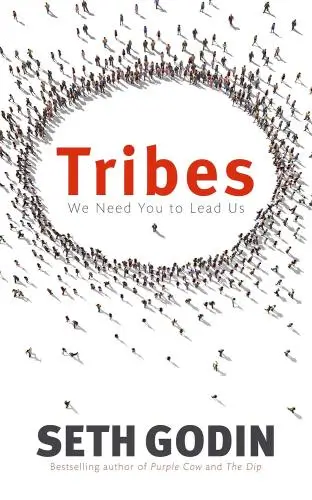
Tribes
Seth Godin
Management 3.0
Jurgen Appelo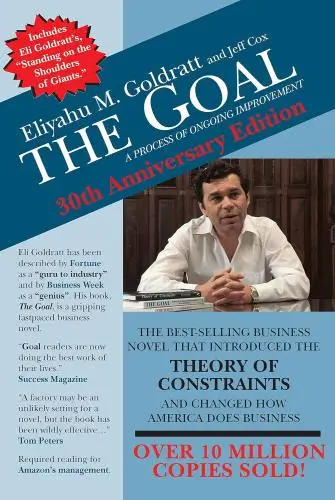
The Goal
Eliyahu M Goldratt
Only the Paranoid Survive
Andrew S. Grove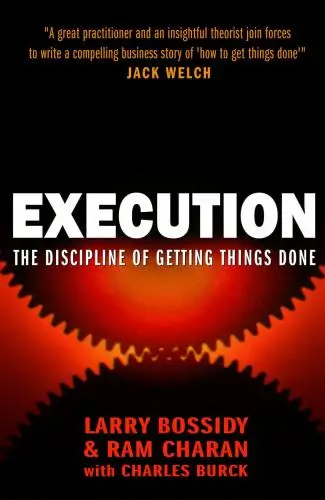
Execution
Larry Bossidy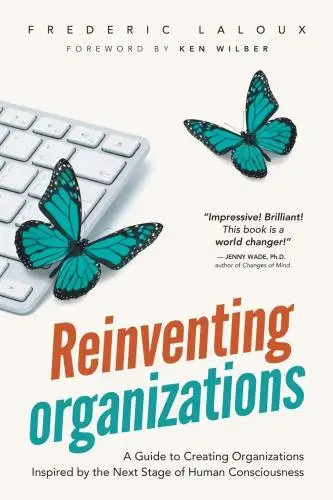
Reinventing Organizations
Frederic Laloux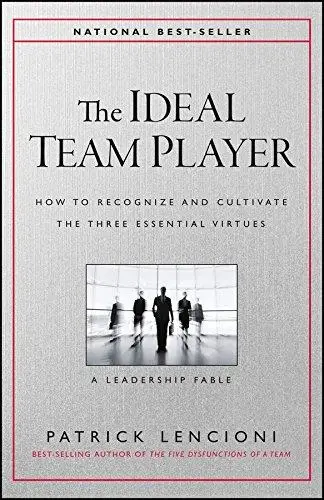
The Ideal Team Player
Patrick M. Lencioni
Multipliers
Liz Wiseman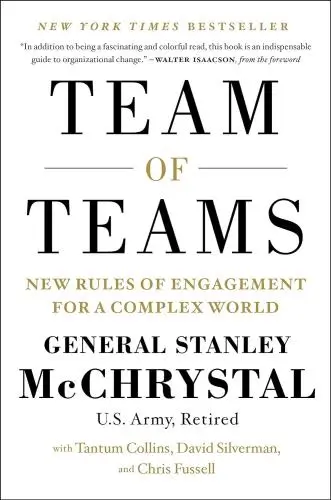
Team of Teams
General Stanley McChrystal
The Toyota Way
Jeffrey LikerTrending Summaries

Peak
Anders Ericsson
Never Split the Difference
Chris Voss
Smart Brevity
Jim VandeHei
The Psychology of Money
Morgan Housel
The First 90 Days
Michael D. Watkins
Atomic Habits
James Clear
Thinking, Fast and Slow
Daniel Kahneman
The Body Keeps the Score
Bessel van der Kolk M.D.
The Power of Regret
Daniel H. Pink
The Compound Effect
Darren Hardy
How to Win Friends & Influence People
Dale Carnegie
Eat That Frog!
Brian Tracy
The Magic of Thinking Big
David J. Schwartz
Drive
Daniel H. Pink
Essentialism
Greg McKeownNew Books

The Millionaire Fastlane
MJ DeMarco
Losing My Virginity
Richard Branson
Venture Deals
Brad Feld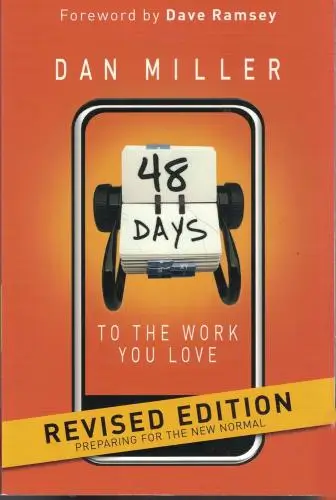
48 Days to the Work You Love
Dan Miller
Anything You Want
Derek Sivers
Running Lean
Ash Maurya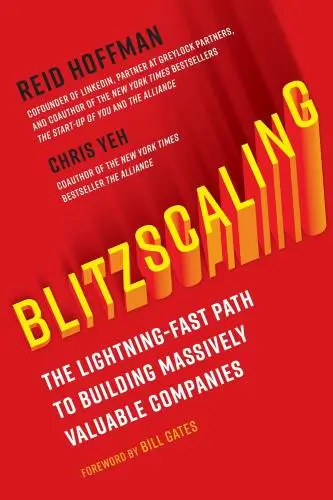
Blitzscaling
Reid Hoffman
The Founder's Dilemmas
Noam Wasserman
Founders at Work
Jessica Livingston
The Startup Owner's Manual
Steve Blank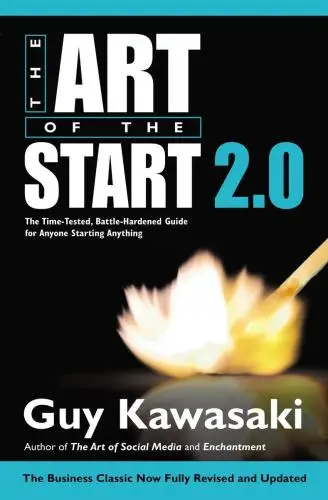
The Art of the Start 2.0
Guy Kawasaki
The Four Steps to the Epiphany
Steve Blank
Flash Boys
Michael Lewis
Crush It!
Gary Vaynerchuk
